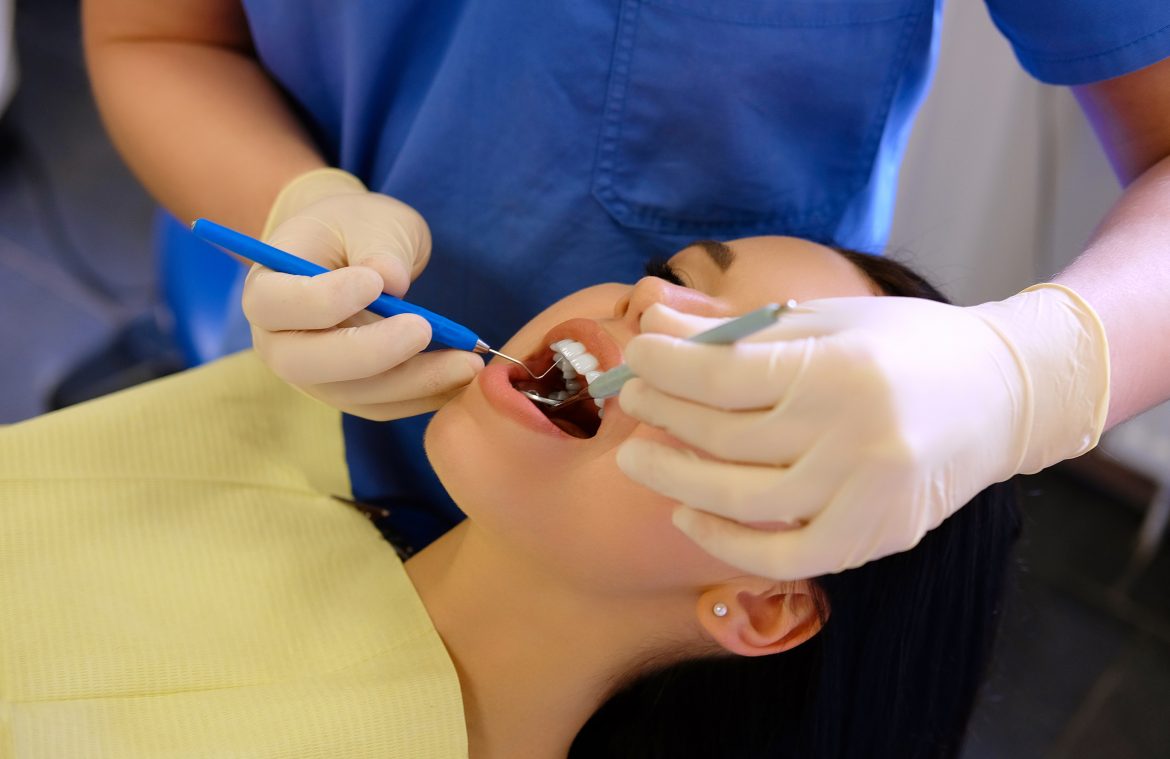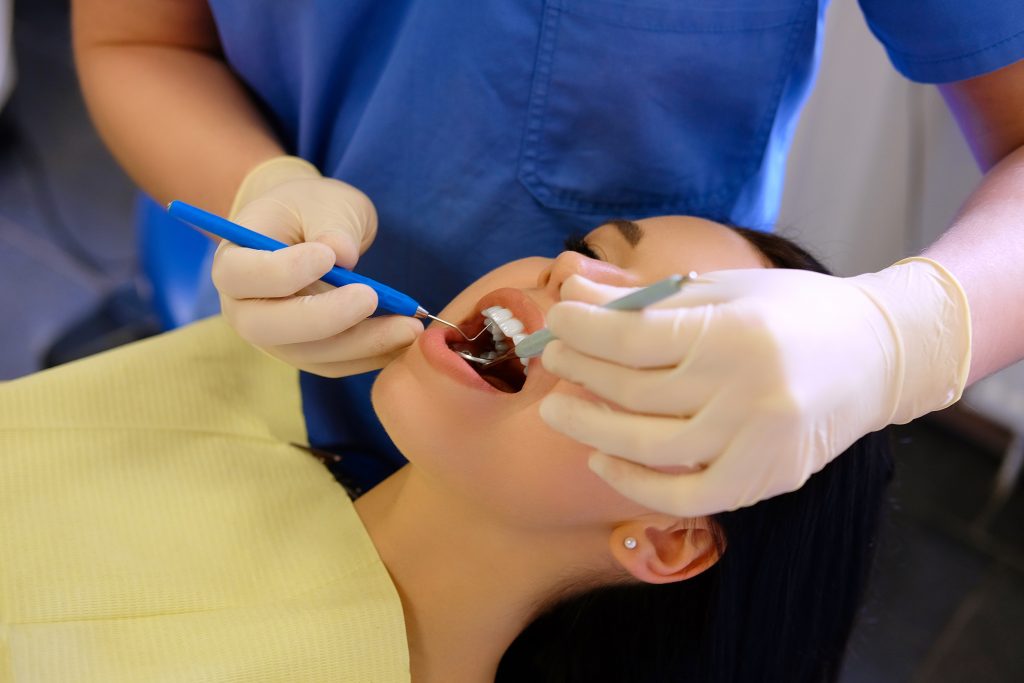

Dental bonding is a cosmetic dentistry procedure that involves applying a tooth-colored resin material to repair or improve the appearance of teeth.
Purpose
- Repairing Damage: It can fix chipped, cracked, or broken teeth.
- Cosmetic Improvement: Dental bonding can improve the shape, color, or alignment of teeth, making them appear more aesthetically pleasing.
- Gaps Between Teeth: It can close small gaps between teeth.
- Decayed Teeth: Bonding is often used to fill cavities.
Procedure
- Consultation: Discuss your goals with the dentist.
- Preparation: The dentist prepares the tooth by cleaning it and applying a mild etching solution to help the resin adhere better.
- Application: The resin is applied in layers, molded to the desired shape, and then hardened with a special light.
- Finishing Touches: Once hardened, the dentist trims, shapes, and polishes the bonded area to match the surrounding teeth.
Benefits
- Minimally Invasive: Requires little to no removal of tooth enamel.
- Quick: Usually completed in one visit, taking about 30 to 60 minutes per tooth.
- Cost-Effective: Generally less expensive than other cosmetic procedures like veneers or crowns.
Considerations
- Durability: While dental bonding is strong, it may not be as durable as other options and can stain over time.
- Lifespan: Bonding typically lasts 3 to 10 years, depending on the location and care.
- Sensitivity: Some patients may experience sensitivity after the procedure.









